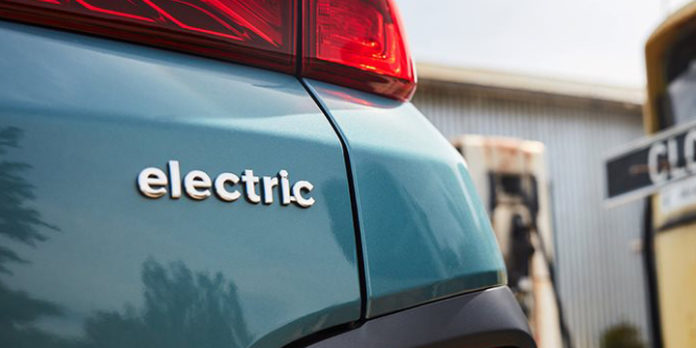Gone are the days that you had to wait in queue to fill your fuel in a gas station and get frustrated over the rising fuel cost. Now futuristic electric vehicles await you with more technology and convenience.
Just as there are a variety of technologies available in conventional vehicles, plug-in electric vehicles (also known as electric cars or EVs) have different capabilities that can accommodate different drivers’ needs. A major feature of EVs is that drivers can plug them in to charge from an off-board electric power source. This distinguishes them from hybrid electric vehicles, which supplement an internal combustion engine with battery power but cannot be plugged in.
There are two basic types of EVs: all-electric vehicles (AEVs) and plug-in hybrid electric vehicles (PHEVs). In addition to charging from the electrical grid, both types are charged in part by regenerative braking, which generates electricity from some of the energy normally lost when braking. You will have an option to choose a vehicle as per your requirement. All-electric vehicles (AEVs) run only on electricity. Most have all-electric ranges of 80 to 100 miles, while a few luxury models have ranges up to 250 miles. .
If you plan to buy an electric vehicle a plug-in electric vehicle (PHEV) may be a better choice. PHEVs run on electricity for shorter ranges (6 to 40 miles), then switch over to an internal combustion engine running on gasoline when the battery is depleted. The flexibility of PHEVs allows drivers to use electricity as often as possible while also being able to fuel up with gasoline if needed. Powering the vehicle with electricity from the grid reduces fuel costs, cuts petroleum consumption, and reduces tailpipe emissions compared with conventional vehicles. When driving distances are longer than the all-electric range, PHEVs act like hybrid electric vehicles, consuming less fuel and producing fewer emissions than similar conventional vehicles. Depending on the model, the internal combustion engine may also power the vehicle at other times, such as during rapid acceleration or when using heating or air conditioning. PHEVs could also use hydrogen in a fuel cell, biofuels, or other alternative fuels as a back-up instead of gasoline.
As part of a green earth movement, most of the automotive companies are making their cars’ electric version. In another 10 years, Indian roads will be flooded with electric cars and the scenario will be altogether different.











































